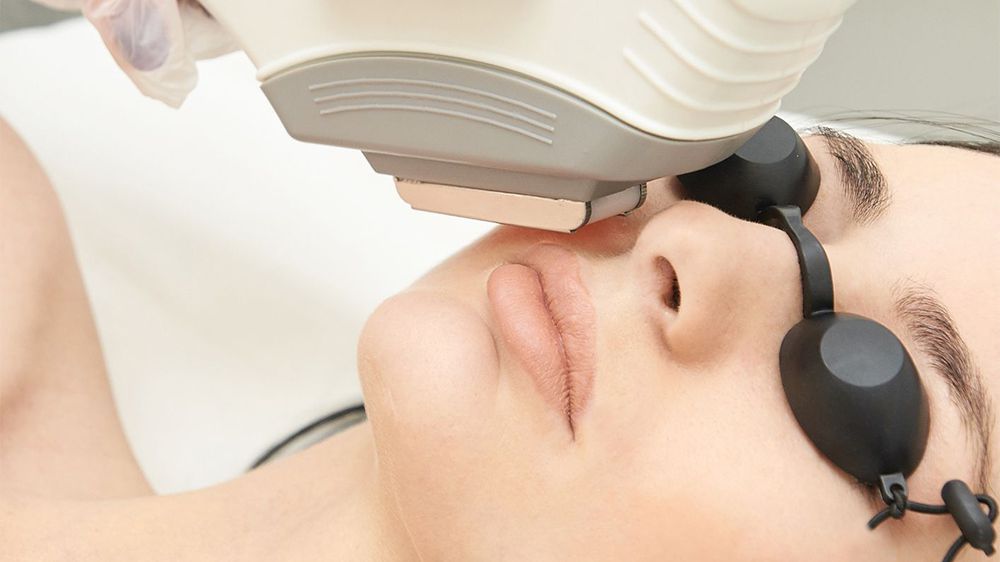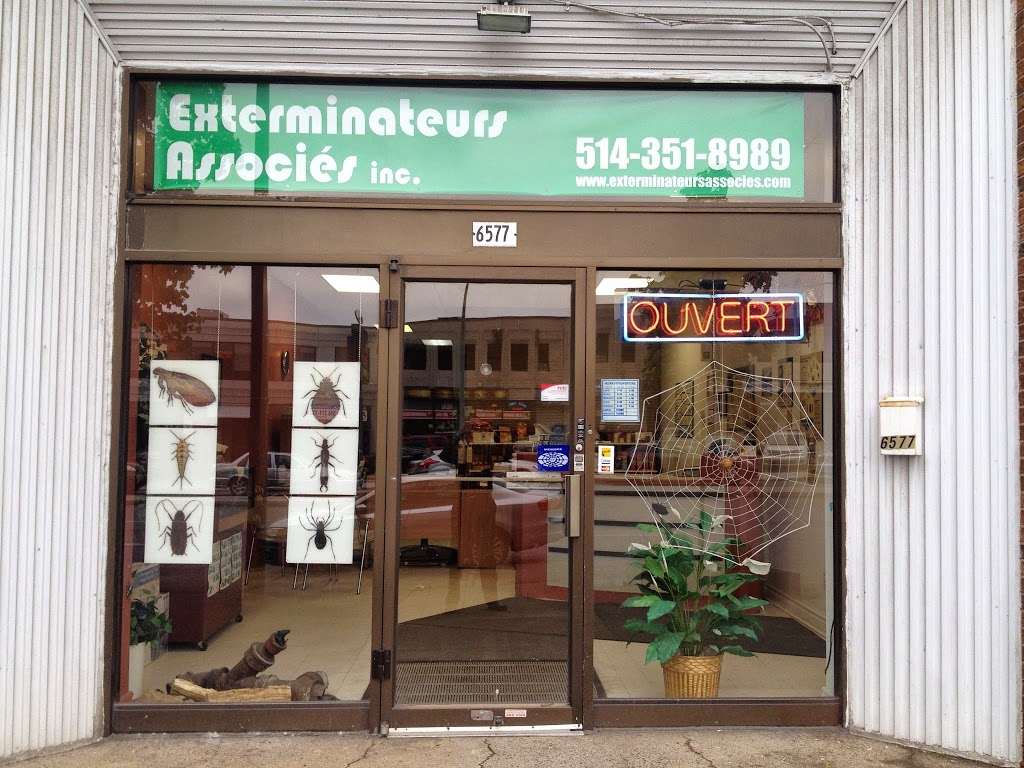The goal hair removal treatment is to destroy or inhibit the growth of the hair follicle. This is accomplished with either light or heat. The hair follicle is destroyed by applying a pulse of energy at the site of the hair and targeting the pigment within the follicle. The light or heat energy that travels into the hair follicle is absorbed by the pigment within it. The heat also causes damage to the area around it, which contributes to disabling further hair growth in that area.
The skin surrounding the follicle has a much lower concentration of melanin and therefore will not absorb as much energy. The aim is to destroy enough of the hair follicles to produce a satisfactory result while preserving as much of the surrounding skin as possible. To accomplish this, a series of treatments are done and are spaced out over time. The timing between treatments depends upon the body part being treated, as well as how quickly your follicles grow back, but for most patients every four to six weeks is normal. A long time will allow for new hairs that have been dormant to grow in and become targeted during treatment. A short time will allow us to catch hairs that may have been missed during previous treatments, since some hairs may have been missed due to their growth cycle.
In between hair removal treatments, you should not use a depilatory/hair removal cream. Since these products contain chemicals in order to dissolve hair, they can also irritate the skin and make it more susceptible to ingrown. Other important things that should be done during hair removal treatments include:
Shaving the area in between treatments
Laser hair removal treatments are an amazing way to get rid of unwanted body hair. But when it comes to shaving, waxing, or tweezing, there will still be some hair that needs to be removed between treatments. The best thing you can do is to shave the area in between treatments. Shaving is not damaging to the skin and it does not affect how well the laser targets the hair follicles. Make sure to use a sharp razor because dull razors can cause damage to the skin. If you have coarse hair, consider using a depilatory cream instead of shaving. Depilatories work by breaking down the hair at the base of the follicle and should be used according to package directions. Waxing can also be done in between laser treatments as long as you have been receiving laser hair removal for several months and have already completed four or five treatments. Tweezing is not recommended because it can traumatize the skin and interfere with the laser’s ability to target the follicle.
Exfoliating daily
In between treatments, exfoliate daily with a gentle scrub or exfoliating device (such as a brush) to prevent dead skin cells from accumulating on the surface of the skin and clogging up pores. This will also help to encourage new hair growth in the direction of your hair follicle, instead of allowing it to curl back into your skin. When using an exfoliating device, be sure to use circular motions when rubbing your skin.
Moisturizing the area being treated everyday
Moisturize your skin every day, especially immediately after showering, when your skin will be slightly more porous and ready to absorb moisture. Use a thicker moisturizer on areas where you’ve recently been waxed, like elbows, knees, legs and feet.
Using sunscreen
Always use sunscreen on your face and body when you’re exposed to the sun. Some types of laser hair removal treatments can make your skin more sensitive to sunlight for about three weeks after treatment, so it’s important to protect yourself from harmful UV rays.
Conclusion
If you are looking for an affordable, effective hair removal, laser hair removal is the best option. This method is the most popular long-term hair removal treatment. It is cheaper compared to other methods and treatments, and more effective in getting rid of unwanted hair.










